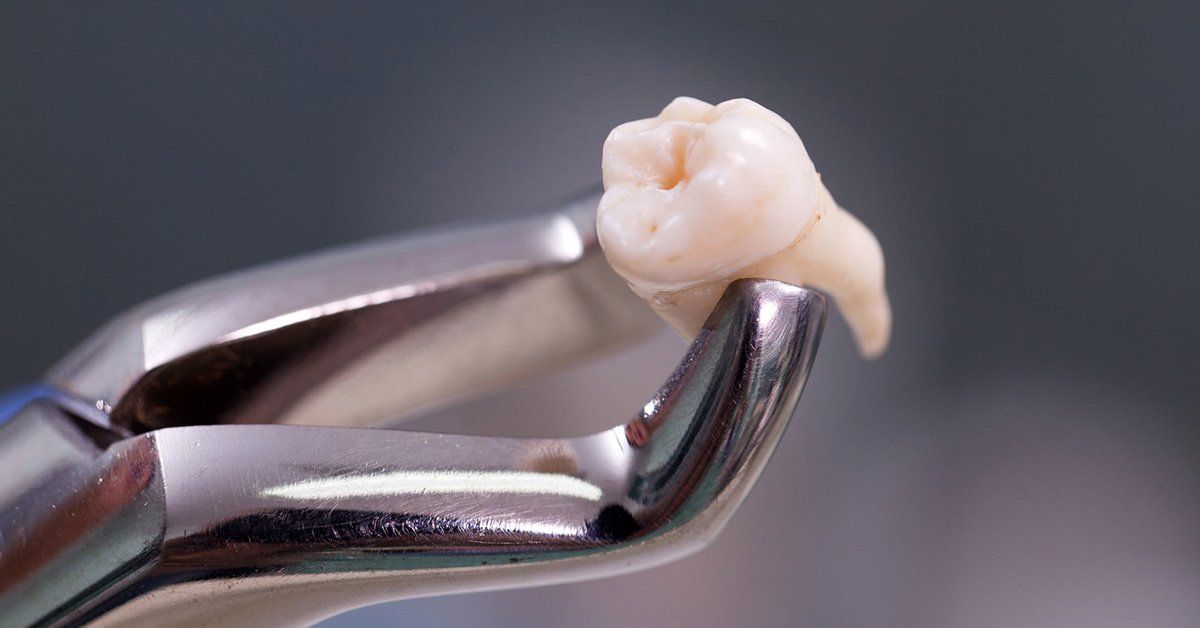A Step-by-Step Guide on What to Do If You Lose a Tooth
Has one of your permanent teeth fallen out? Don't panic! We explain exactly what to do if you lose a tooth in this step-by-step guide.
Read the word, "loss," and you may think about losing a game or money. But one of the most common forms of loss is tooth loss.
178 million Americans are missing at least one tooth. That counts for more than half of the country. Roughly 40 million Americans are missing all of their teeth.
It is very easy to lose a tooth. Yet it is also easy to prevent and respond to tooth loss.
How can you prevent tooth loss from happening? What are the first steps you should take after losing a tooth? What can dentists do for you?
Answer these questions and you can preserve your teeth today. Here is your quick guide.
Prevent a Loss From Happening
When people think about losing teeth, they think about getting into an accident. It is true that striking your head or mouth can knock a tooth loose. But adults can lose a permanent tooth because of many other causes.
Poor hygiene can result in gum disease. Advanced gingivitis pulls the gums away from the teeth, damaging the bones that support them. A tooth can fall out without warning.
Smoking can inflame the gums. Failing to brush or floss the teeth properly leaves bacteria in the mouth that spread diseases.
Decay can erode the outer layer of teeth. Cavities can form, making the teeth liable to fall out.
The best thing you can do to prevent tooth loss is practice simple dental hygiene. Brush your teeth for two minutes in the morning and two minutes in the evening. Floss in between each gap and use antibacterial mouthwash if you see signs of decay.
When you are playing contact sports, wear a mouthguard. Protect your head at all times and avoid running or jumping headfirst.
Go to your dentist once every six months. If you experience any pain or inflammation, disclose it to them.
Recover the Tooth
After your tooth falls out, you may feel panic. Take a deep breath and calm down.
Look for where the tooth may have gone. It is probably by your feet on the ground.
When you find it, do not pick it up right away. Grab it by the white crown instead of the fleshy roots. This will help make insertion easier.
Rinse the tooth in water or milk. Do not place it under a strong faucet and do not scrub at it. If you see debris on it, you can rinse it, but don't wipe it with a rag.
Try to put the tooth back in its socket. You can use your fingers, but make sure they are clean. You may be able to slide it in, so do not use force.
You may experience bleeding or swelling in the mouth. Try to avoid spitting the blood out since that can tear a muscle or open up your socket.
If the tooth won't fit back in, keep it in between your gum and cheek. You can also keep it in its socket and hold it in place with your tongue. If you cannot carry it in your mouth, place it in a glass of milk.
If you cannot find your tooth, that is okay. Once you've spent a couple of minutes searching for it, call up your dentist.
Go to a Dentist
Losing a tooth is a dental emergency. Call your dentist immediately and book an appointment for that day. If your dentist is unavailable, go to the emergency room of the nearest hospital.
Dentists can clean your tooth for you if it looks dirty. If the socket is whole, they can slide the tooth back into it. They may install a splint to keep it from wiggling around.
They will then give you gauze to bite down on to keep the tooth in place. You will need to avoid biting down on that area for some time. You should monitor the area for bleeding, swelling, or pain.
Schedule a follow-up appointment with your dentist a few months afterward. Check with them to make sure your gums and bones are healing. If they are not, try cleaning them better.
Get a Replacement
If your dentist cannot reinsert your tooth, they can install a replacement. An implant requires some preparation, but it provides a long-lasting solution.
A dentist will take CT scans of your teeth. This is to make sure that your jawbone can support an implant. They then place a titanium screw with a cap inside your jaw.
Your jaw grows around the screw, anchoring it in place. Your dentist will then remove the cap and place a titanium post in its stead. They then screw a porcelain crown over top, making your implant seem like a natural tooth.
You can promote your dental implant longevity through a few measures. Use a soft-bristle toothbrush when cleaning your teeth. Do not floss your teeth with aggressive gestures.
If you have several missing teeth, you can receive dentures or bridges. Bridges are similar to implants, in that they serve as permanent replacements for lost teeth. Tooth transplants are uncommon.
What to Do if You Lose a Tooth
You don't have to lose a tooth. Brush your teeth twice a day and floss at least once. Wear a mouthguard and protect your face when playing sports.
Recover your tooth as soon as it falls out. Try to reinsert it, and carry it in your mouth if you can't.
Head straight to the dentist's office. If they can't put it back in, they can install an implant. It takes time, but it offers a good solution.
Find a dentist who can offer comprehensive treatments. SoHo Dental Group serves New York City. Contact us today.



